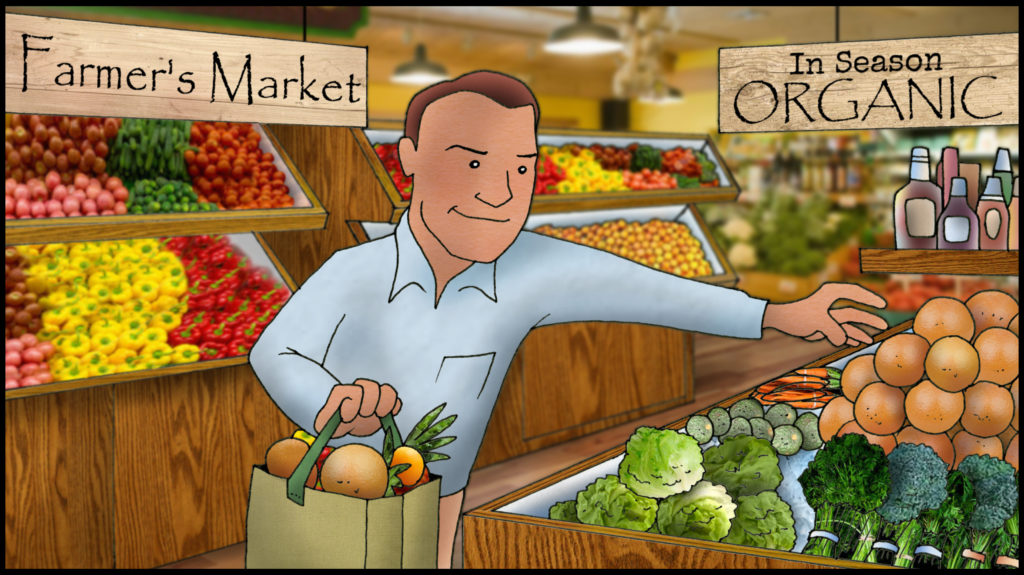In 1903 Thomas Edison, concerned about the healthcare of his time stated, “The doctor of the future will give no medicine, but will interest his patient in the care of the human frame, in diet and in the cause and prevention of disease.” Edison understood that food and exercise was the foundation for good health. Unfortunately, it’s easy to complicate the simplicity of basic care for our bodies.
Eating well helps reduce the risk of physical health problems like heart disease and diabetes. It also helps with sleeping patterns and energy levels. When you eat nutritionally dense foods on a regular basis, your overall health is improved. How might that improve your ability to handle the stress associated with shift-work or even a pandemic?
Eating foods that are in season is beneficial to your health and your wallet. Aim to include foods in your diet that are grown and harvested at the same time of year you eat them. Pumpkins and squash are harvested in the autumn season. Watermelon and tomatoes are summer fruits. You get the idea. Seasonal produce is available in abundance, and at the peak of natural flavor, at the time of their harvest.
Buying produce that’s in season can save you money. Food is at the peak of its supply when it’s in season and will therefore cost less to farmers and distribution companies to go through the various processes before arriving on your grocery store shelf. Importing adds to the bottom line on food sold to you.
Shipping food from other countries allows us to experience a greater variety of produce, like Gala apples from New Zealand, peppers from Peru and guavas from Mexico. Importing allows us to enjoy the fruits and vegetables we want in any season of the year.
There are some disadvantages to this practice. Foods that are sold out of season must be shipped from around the world and are picked before the peak of their flavor in order to survive the long trip to your town. In addition to the added cost, chemicals must be applied to help protect the fruits and vegetables from insects and disease. Other treatments are used to prevent ripening in transit. This may result in a loss of flavor or texture.
If you’d like more information on choosing food in season and ways to prepare it, check out the Seasonal Food Guide online. You can select your state, the month, or the produce you’re interested in researching from a dropdown box. If you chose apricots for instance, you could then click the “learn and cook” option. It includes information like: Fun Facts about Apricots, What to Look for When Buying Apricots, Storing Fresh Apricots, Cooking with Apricots, Apricot Nutrition and much more.
Another way to enjoy the freshest produce is to buy from local farmers. Check into the Community Supported Agriculture (CSA) organization to find farms near you that grow and sell produce, and sometimes sell meat and dairy products. Perhaps you may even decide to start your own garden!
MANAGING FATIGUE EDUCATIONAL PROGRAM | Scarlet Knight © 2020 Please Distribute to Others.




